Why design safety reflectors in the shape of musical notes and clefs? Because we love music and musical notation is fascinating! But we also want to help musicians and music lovers get home safely after concerts. Our reflectors are stylish and easy to hang on jackets, bags and instrument cases. In other words: perfect gifts for musicians and music lovers! We know how often rehearsals and concerts take place late in the evening. Especially at this time of year, that means coming and going in the dark.
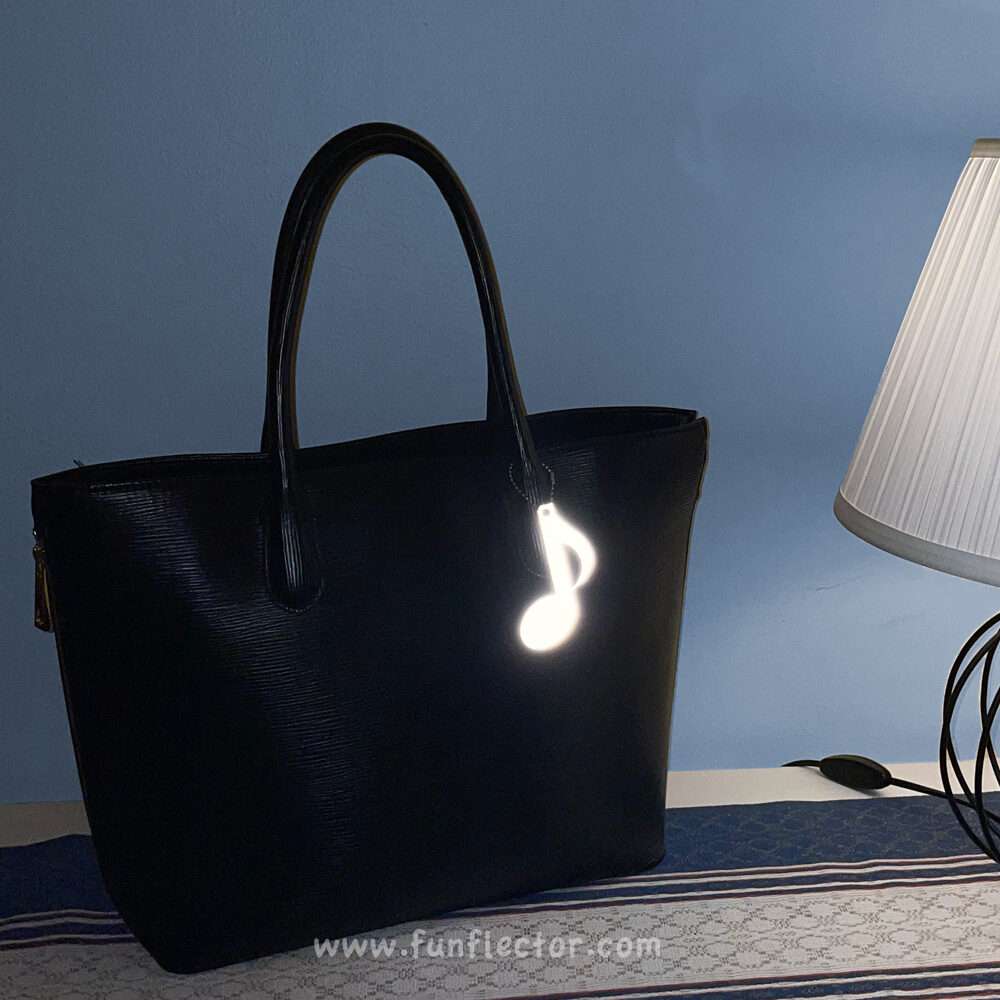
If you haven’t yet learnt to read music, there is something very mysterious and magical about those symbols. How is it that musicians can play music with the help of these little blobs? Even more so, play it exactly as the composer had conceived hundreds of years ago. Did Bach and Beethoven just assume that musicians could read their compositions centuries after their deaths? And be able to play them as intended?
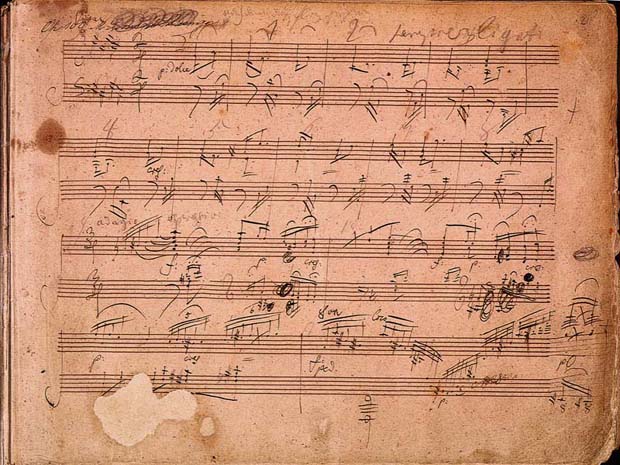
A “breve” History of Musical Notation
The first beginnings of a standardised musical notation already existed among the ancient Greeks, even though not much of their music remains. Pope Gregory founded the Schola Cantarum, Europe’s first music school, around 500 AD. But as Saint Isidore lamented in 650 AD: “Unless sounds are held by the memory of man, they perish, because they cannot be written down”. He developed a notation called “neumes”, although this did not reflect the course of the melody accurately enough. Therefore, the notation was improved again in 1000 AD: a system with 4 lines was developed. This eventually made way for the notation with 5 lines that we know today.
Even in the 17th century, notation continued to develop: the Renaissance and Baroque periods saw more and more music being composed for instruments, not just for voice. Mensural notation made it possible to represent tone values more precisely from the 13th century onwards.
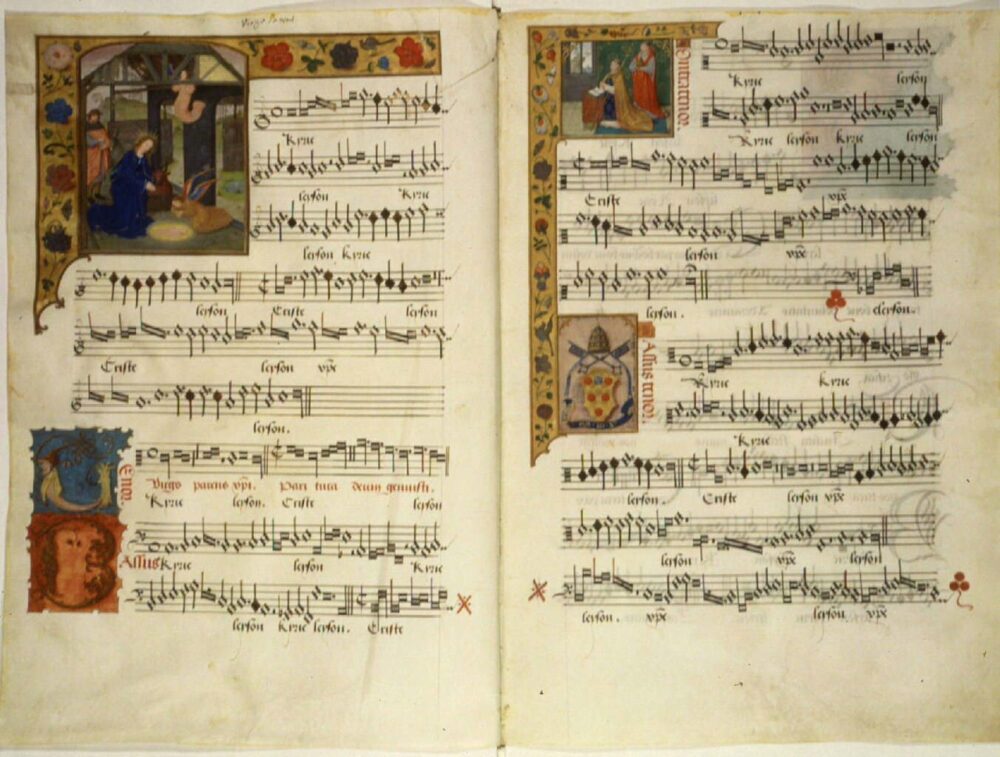
The Quaver as Safety Reflector
The eighth note, also known as quaver, was probably added in the 15th century. So our quaver reflector tag also carries a piece of music history. Timeless and elegant, you can’t imagine our music today without it. And yet it is already so old that even Bach would have recognised it. Of course, this also applies to the other musical symbols in our range: the treble clef and bass clef. They all look good on music bags or instrument cases and increase your visibility on the way to and from a concert or rehearsal.
And if you wear a music safety reflector on your clothes, not only are you more visible in the dark, but others can identify you as a musician or music lover even without your instrument. A good opportunity to strike up a conversation with fellow musicians. Our music trio is a perfect gift for musicians and music lovers – as a stocking filler, a birthday gift or just because!
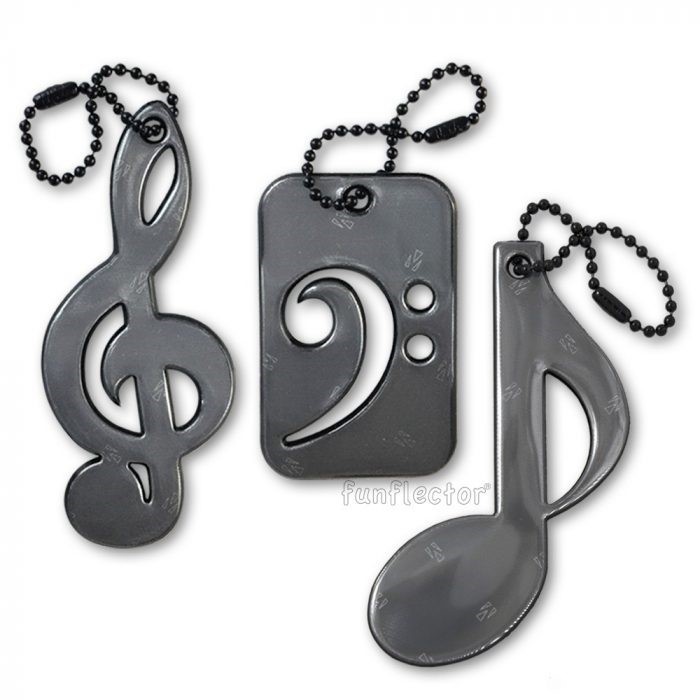
Look Sharp: Stocking Fillers and Gifts for Musicians
For more Christmas gift ideas for your music-loving friends, look no further than the Thomann website: not only do they boast a large selection, they also ship worldwide. We spotted this “sharp” mug, which immediately identifies you as a musician. We also have a hashtag reflector tag in our range – but it had never even occurred to us that it could also be seen as a sharp symbol!
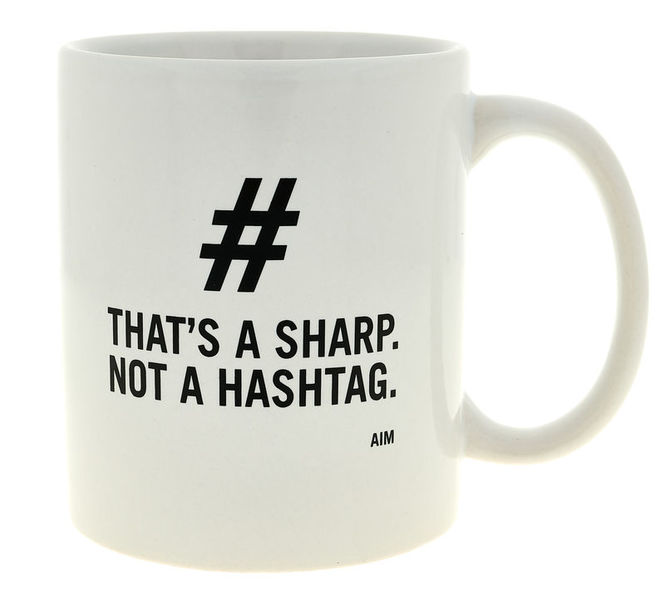
The Symphony Store, the Chicago Symphony Orchestra’s shop, also has some wonderful gifts for musicians. And you don’t even have to travel to Chicago to buy some, they have great selection on their website. From clothes for adults and children to stationery, homeware, jewelry and much more. How about a solar Beethoven, a CSO face mask, an A-minor onesie or treble clef and eighth note earrings?
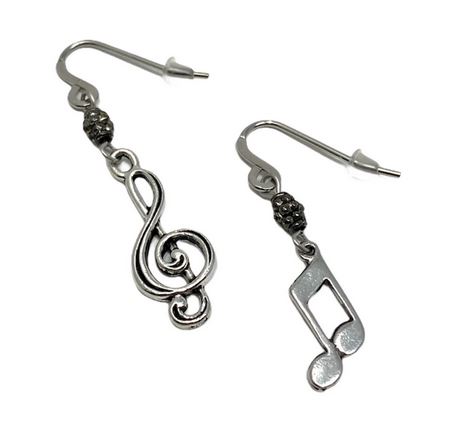
What is the most unusual present you’ve ever given a musician – or perhaps received yourself?

